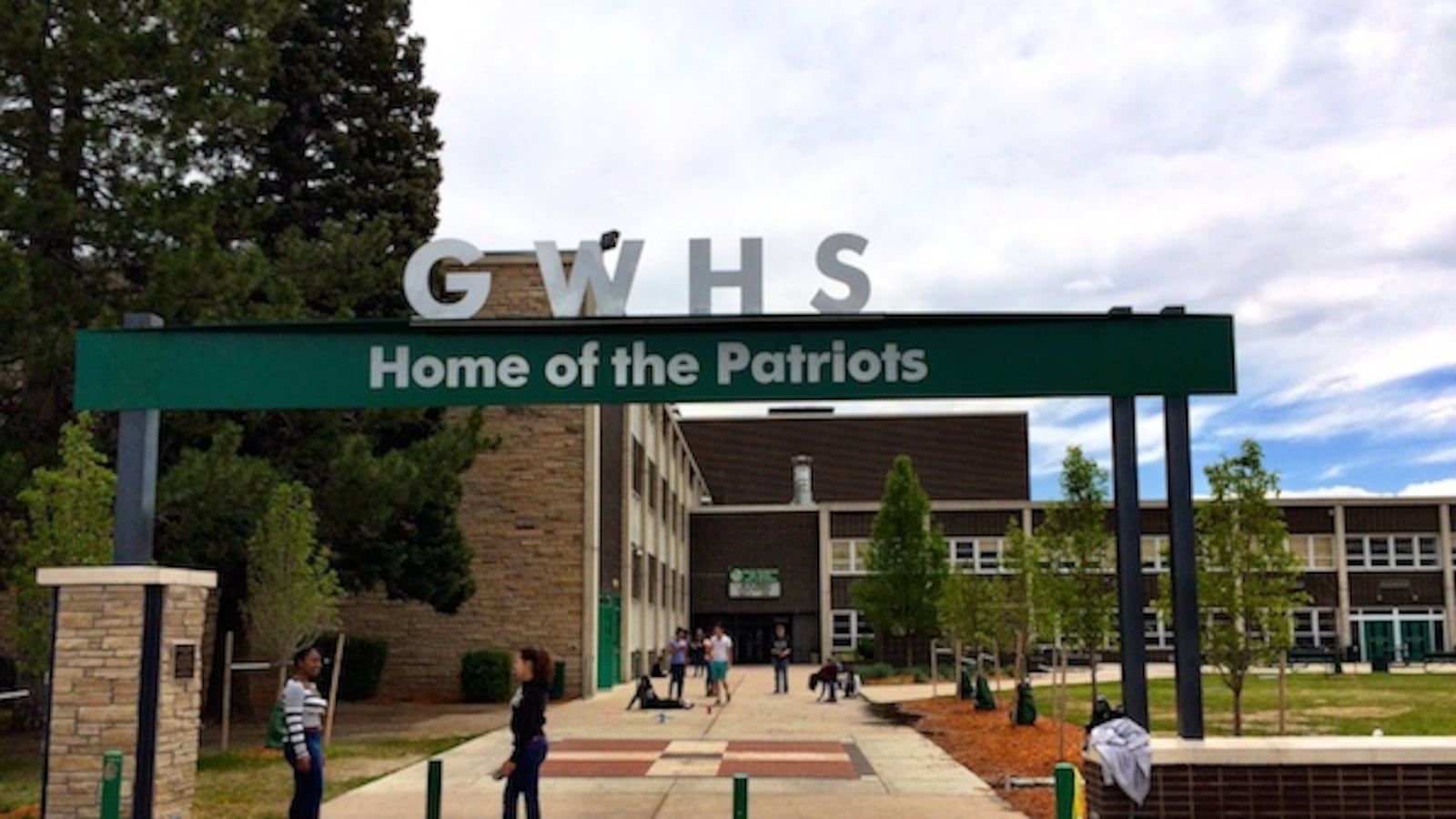A committee of 75 parents, students, teachers and taxpayers is recommending Denver Public Schools ask voters to approve raising $572 million in taxes to build new schools and upgrade existing ones, in addition to raising $56.6 million to pay for programs and staff.
Known as a bond and mill levy override, voters last passed similar measures in 2012.
The recommendations come amidst tightening state education funding that DPS, the largest school district in Colorado, estimates causes it to miss out on nearly $92 million per year.
“It’s a shrinking pie,” Acting Superintendent Susana Cordova said.
The recommendations are an attempt to make it bigger, she said. Like in 2012, the money would largely be spent on building needs and expanding programs that have proven successful, such as one that allows students to explore career options.
The school board is set to vote June 16 on the recommendations. If it approves them, voters would be asked in November whether to raise the requisite taxes.
The district estimates the total property tax increase would be about $110 per year for a Denver home valued at $329,000, which is the median home price in the gentrifying city.
The recommendations — unveiled Thursday at a school board work session — include:
— $252 million in bond money for school maintenance, including installing cooling systems in schools with high indoor temperatures and converting the entire district to LED lighting.
— $142 million in bond money to build new schools, including in booming far northeast Denver, and to expand “proven programs” that are over-capacity such as Montclair Elementary, the Denver Language School and the Girls Athletic Leadership School.
— $108 million in bond money for classroom upgrades, including significant remodeling work at the district’s “baby boomer-era” buildings such as Lincoln High and George Washington High.
— $70 million in bond money for technology, including to increase the number of schools that are able to provide devices such as computers and tablets to every student.
— $15 million in mill levy money to help schools meet students’ social and emotional needs, including providing money to hire psychologists, social workers and nurses.
— $14.5 million in mill levy money for teacher programs, including expanding one in which teachers coach their peers and investing in increasing the diversity of the teacher workforce.
— $8 million in mill levy money for programs that help high school students get ready for college or careers, including providing every student the opportunity to take at least one college-level dual enrollment course and expanding the number of students doing internships.
— $6.8 million in mill levy money for early literacy efforts, including more training for teachers who teach preschool through third grade and more help for struggling readers.
The board will hear public comment on the recommendations June 9.

